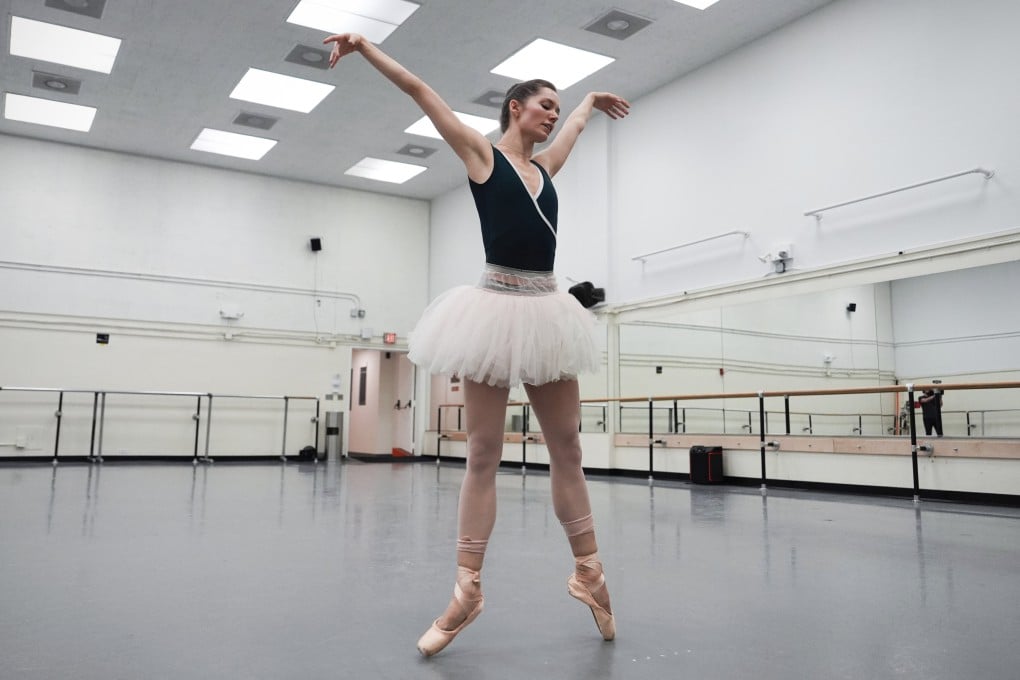Why Swan Lake’s Odette-Odile role is so punishing, and how 3 ballet dancers took it on
New York City Ballet’s Unity Phelan, Mira Nadon and Miriam Miller talk about the huge challenge of Swan Lakes’ White and Black Swan roles

Rehearsing Swan Lake a few weeks ago in a sweaty studio, trying to iron out some last-minute kinks, ballet dancer Unity Phelan stopped just before launching into the famed 32 fouettés – those crowd-pleasing whiplash turns on one leg performed by Odile, the devious Black Swan.
“No fouettés today – save them for tonight,” directed Kathleen Tracey, Phelan’s coach at New York City Ballet (NYCB). Dancer and coach agreed: preserving Phelan’s precious leg muscles took priority over rehearsing the fiendishly difficult move.
Phelan was a few hours away from performing the dual role of Odette and Odile for the second time, four days after her debut. It is a goal she had had since childhood. Achieving it at age 30 was a bucket-list moment like no other – witnessed by friends, family, “all of New Jersey” (her home state) and a few thousand others.
It was also probably the most physically challenging feat of her career.

Many across the world know Swan Lake, the most iconic of all ballets. Far fewer know just how hard the main ballerina role is to perform. As graceful and ephemeral as it appears, Odette-Odile is a dancer’s Mount Everest, requiring stellar technique, prodigious training, uncommon stamina, emotional resilience – and even carb-loading.
The ballerina dances virtually non-stop for two-and-a-half hours, with a quick intermission for refuelling. The toughest part comes toward the end – when she is most tired – with trickster Odile unleashing a dazzling display as she misleads the prince in a tragedy of mistaken identity. Even before she gets to the dastardly fouettés – the word means “whipped” in French – the dancer has to huff and puff just to make the entrance.